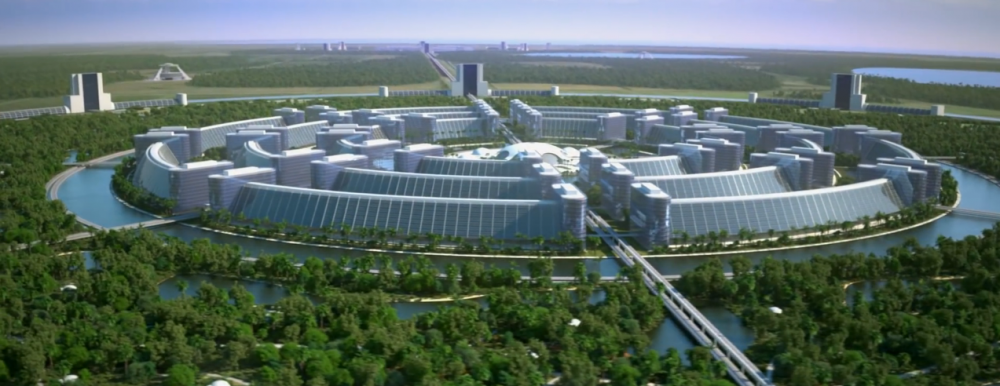Food productivity of farmland is gradually falling behind population growth. When Paul Ehrlich warned three decades ago that “hundreds of millions” of people would starve, he turned out to have overstated the case—for now. (Only tens of millions starved.) The green revolution, an infusion of fertilizers and mass-production techniques, increased crop yields and bought us time. That, combined with more complete utilization of arable land through intensified irrigation and fertilization, enabled us to more or less keep pace with population growth for another generation. A little additional gain—but only a little—may come from genetic engineering. Short of stabilizing population (which will take another halfcentury), only one major option remains: to cut back sharply on meat consumption, because conversion of grazing land to food crops will increase the amount of food produced. (Some argue that grazing can use land that is useless for crops, and in these areas live- stock may continue to have a role, but large areas of arable land are now given to cattle to roam and ruin.)
Let’s say we have 20,000 kcal [kilocalories] of corn. Assume that we feed it to cattle (as we do with about 70 percent of the grain produced in the U.S.)…. The cow will produce about 2,000 kcal of usable energy from that 20,000 kcal of corn (assuming 10 percent efficiency; the efficiency is actually somewhat higher than that, but 10 percent is easy to work with and illustrates the point reasonably). That 2,000 kcal of beef would support one person for a day, assuming a 2,000 kcal per day diet, which is common in the U.S. If instead people ate the 20,000 kcal of corn directly, instead of passing it through the cow, we would be able to support more people for that given unit of land being farmed; not necessarily 10 times more, because people are not as efficient as cattle at using corn energy, but considerably more than the one that could be supported if the corn were passed through the cow first!
[So], we could support more people on Earth for a given area of land farmed if we ate lower on the food chain—if we ate primary producers instead of eating herbivores (corn instead of beef). Or, we could support the same number of people as at present, but with less land degradation because we wouldn’t need to have so much land in production….
—Patricia Muir, Oregon State University
http://www.worldwatch.org/node/549
